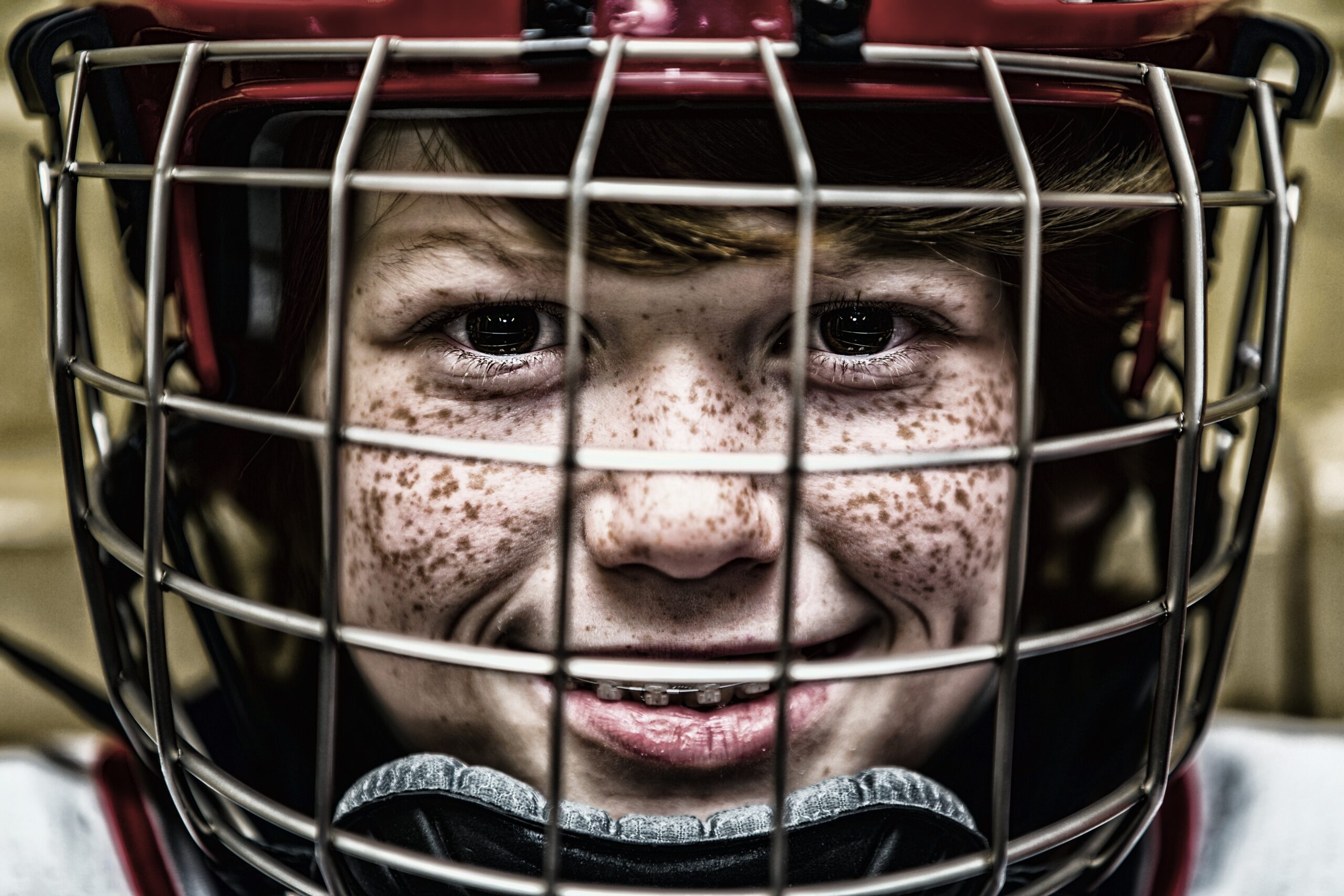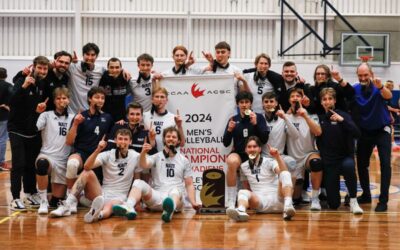If someone asks you to invest in a startup, what types of companies come to mind? I think apps and software, of ridesharing, room-sharing and social media. It’s not surprising, when one digs a little deeper, to find a wealth of like-minded startups determined to capitalize on the multibillion dollar sports industry.
Skimming through sports-startup aggregator sportstechie.com I came across what you might expect to see from 21st century sports startups – social media platforms for young athletes, virtual and augmented reality services, online gambling websites. It makes sense to dive into the ever-expanding digital industry to pioneer sports-specific services. Eventually I came across a startup attempting to tap into a market more established in where they get their products.
Vicis is a Seattle based group (labelling themselves a “technology company”) attempting to re-invent the football helmet and, if their web-copy is to be believed, it looks like they’re on the right track. Their flagship product, the “Zero1” football helmet has been tested to reduce force of impact from 20 to 50 per cent compared to helmets from leading brands Riddell and Shutt. Taking a decades- old leaf from the book of the automotive industry, Vicis has designed the outer layer of their helmet to crumple upon impact, reducing the acceleration component of a collision and thereby reducing the force of a collision. The result is similar to the way a vehicle’s bumper deforms when impacted, redistributing force throughout the bumper’s structure and reducing the force felt by the inhabitants of the vehicle. Before Vicis came along, the football helmet had remained largely unchanged since the 1970s when manufacturers first incorporated energy-absorbing foam into their designs to help mitigate the forces that the helmets’ hard outer shells couldn’t.
Though the flash and pizazz of the multi-media juggernaut that is the NFL might give no indication, the sport of football is desperately in need of the kind of innovation that Vicis is bringing to the table. USA Football data shows that youth football participation rates have declined more than 25 per cent from three million in 2010 to just over 2.1 in 2015. Although it’s hard to determine exactly what catalyzed the participation decline, it’s hard to disregard the fact that it began just after the NFL first admitted their awareness of the relationship between concussions and mental illness in 2009. Furthermore, a 2015 poll conducted by NBC and the Wall Street Journal showed that 37 per cent of Americans don’t support their children playing football because of concussion-related concerns. The NFL’s documented concealment of the long-term risk of concussions is partly to blame for the lack of innovation in football collision safety. Prior to the NFL’s acknowledgement of concussions’ long-term effects, the league frequently denied the seriousness of concussions as injuries. Most concern circling around head injuries focused on skull fractures, which are more easily diagnosable and were essentially eliminated with the advent of contemporary helmets.
The established giants of the helmet industry, namely Riddell and Shutt, likely aren’t too keen to see somebody come in and scoop up a share of their market either. For example, Riddell’s patent-infringement claims against Rawlings put a damper on their foray into football helmet creation. Competition drives innovation and the helmet industry lacks it.
Ultimately though, the biggest inhibitor to such innovation has to do with the rigid mentality many people still apply to sports and no sport is more resistant to change its ego and attitude than football. For a long time, football has prized and rewarded fast, unpredictable, spectacular collisions as much as it does skillful plays and it shows little signs of progression. I work part-time shooting coaching film for high school football teams and hear it all from coaches, players and fans. “Are we gonna pull our heads out of our asses, go out there and hit somebody,” coaches scream to their players at half-time. “Yeah!” the players respond in roaring, thoughtless unison after being told their coach “can’t hear” them. The sentiment is echoed by the players’ own parents from the bleachers – “Get him, hit him, kill him!” In practice, coaches preach the benefits of proper tackling, of hitting low with the shoulder, wrapping arms around legs, driving forward and keeping the head as far away from the equation as possible. Not once, though, have I heard a coach scream “hit him but only if you can do it safely!” Not until the leading people and organizations of football (including the media) truly put safety at the forefront of the game will they be able to sustain the future of the sport.
– Connor O’Donovan, Sports Editor





